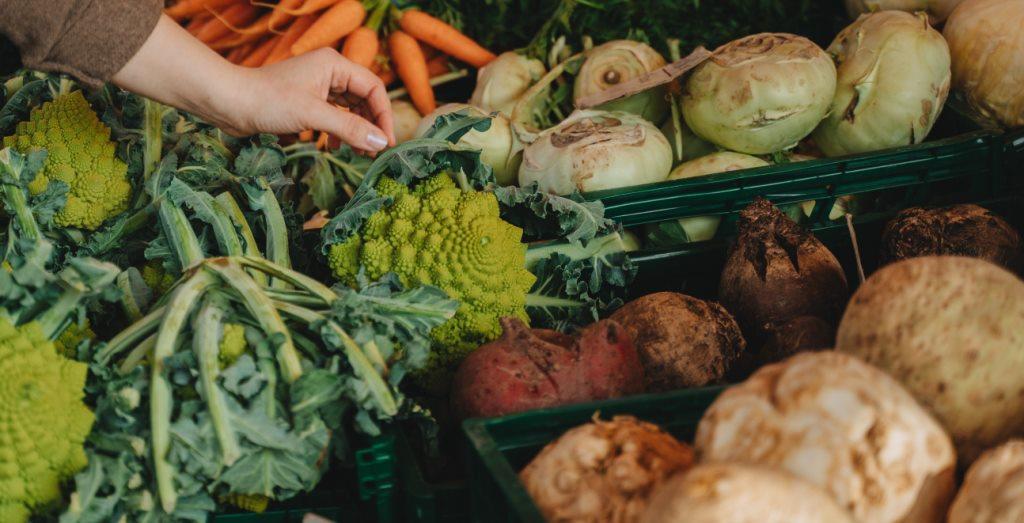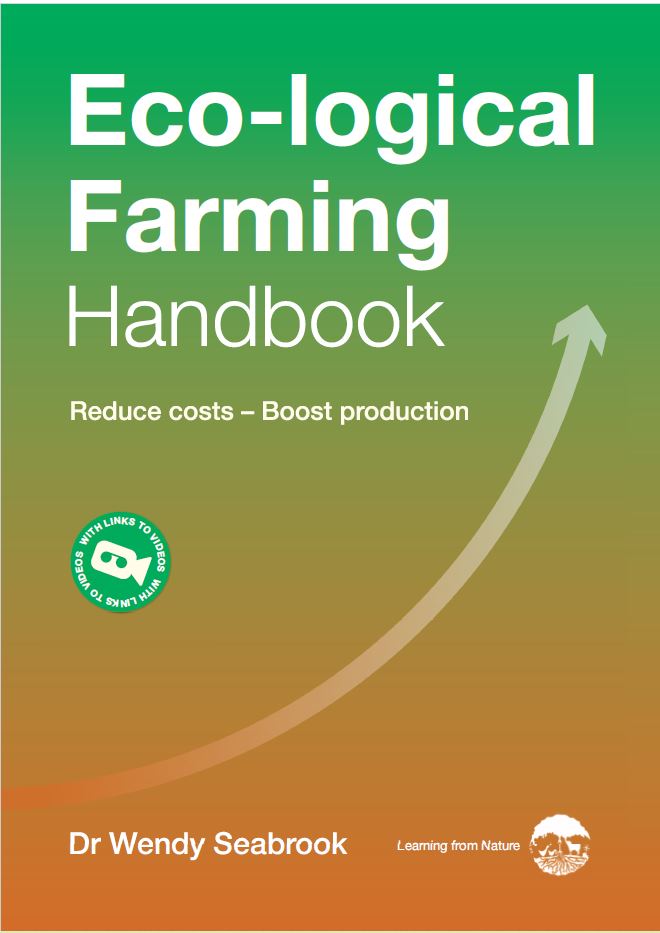The story told about how we will grow food in the future is that it will be industrial and technology-driven. That it’s our only opportunity to create a “cleaner and greener future producing sufficient food to meet projected demands.” But there is a more rational alternative. It’s where we will go by necessity.
In a world of rising prices due to resource constraints and global supply chain issues, our dependence on technologies like drones, robots, controlled environmental cropping and indoor vertical farms is becoming untenable. So are the costs and risks of relying on monocultures with little inbuilt resilience in changing and unstable climates.
So, what’s the alternative story we should tell about how we will grow food in the future?
How can we create agricultural systems that produce enough food, are resilient to the assaults of climate change and are less dependent on external inputs like pest controls and fertilisers and the technologies to apply them?
The setting in which the narrative takes place is radically different. Whether growing in a backyard in Wales, a community garden in Boston, a smallholding in India, or the American Midwest…, we see people transforming their veggie gardens, orchards and fields into vibrant, biodiverse ecosystems.
No longer reliant on monocultures, they grow a diversity of crops and recruit plants, livestock, birds, insects, and other living organisms to create connections delivering ecological services. For example, plants are employed to reduce soil compaction, feed beneficial insects, and supply leaves, root tissues and root exudates to feed soil organisms. Grazing and browsing livestock of all shapes and sizes help get the wealth of plant materials recycled in the soil. By reconstructing the complex web of connections enabling ecosystems to function, farmers and gardeners are able again to rely on the free ecological services Nature provides. They reduce their costs and fortify their veggie gardens, orchards and fields to weather the storms of climate change.
Farmers and gardeners optimise solar energy capture by growing an abundance of plants and skillfully creating production systems with multiple layers of vegetation. Trees weave an extra layer of fruits, nuts, ecological services, fodder and forage for livestock across the landscape. They provide physical protection from drought, wind, sunburn, and extreme temperatures.
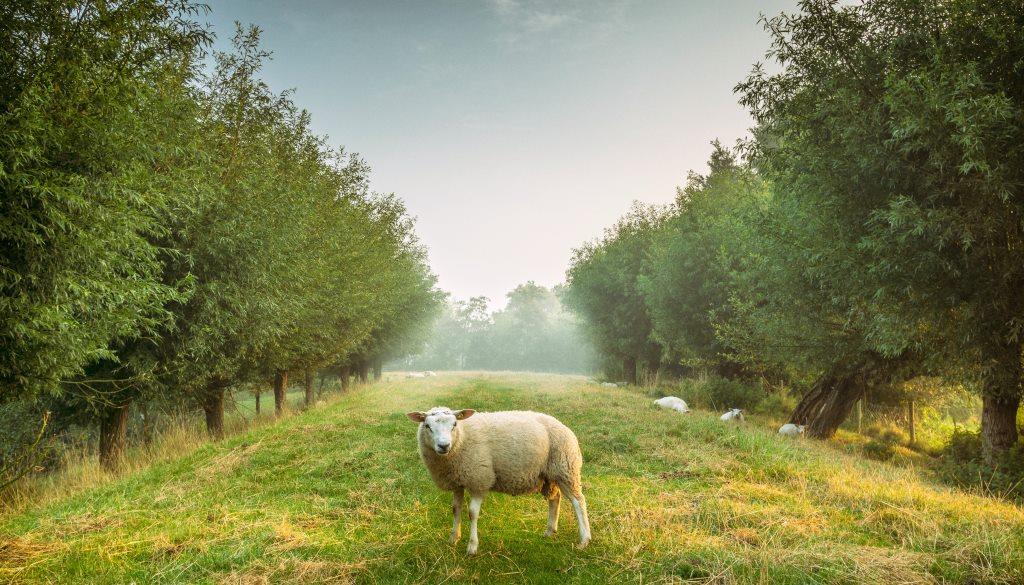
Underneath the decaying leaves and other plant and animal waste materials, the soil is dark brown, crumbly with aggregated minerals and organic matter. These are the unmistakable signs that the soil organisms are well-fed, and maintaining a functioning nutrient recycling system. Water readily infiltrates and is stored, and the excess drains down through the soil, reducing the damage caused by droughts and flooding rains.
Food supplies have improved, and we’re sequestrating carbon in our soil and vegetation. Having re-created vibrant, functioning ecosystems across our rural and urban landscapes, insects, birds, and other animals, that used to be abundant are commonplace once again.
How did this Change Happen?
Slowly at first. We didn’t realise what we were missing.
We thought our soils were in a reasonable condition if they didn’t show the customary signs of degradation like erosion and compaction. But we struggled to grow healthy, pest and disease-resistant plants and nutrient-dense food. In our impoverished landscapes, we couldn’t rely on natural pest control from insects and birds – even for minor infestations. And we had trouble growing anything when the weather turned bad.
Back then, despite our obsession with designing cutting-edge production systems for our manufacturing industries, we generally ignored and neglected the sophisticated, locally adapted ecological systems underpinning our home and commercial food production. We didn’t recognise that in many ways, food production systems are no different from those that manufacture big-screen TVs and make espresso coffee – except that they require ecological systems to work!
Our efforts to improve our ecosystems were limited to restoring remnants of native vegetation, wetlands, and riparian vegetation. We planted natives in the corners of our fields and the bottoms of our gardens.
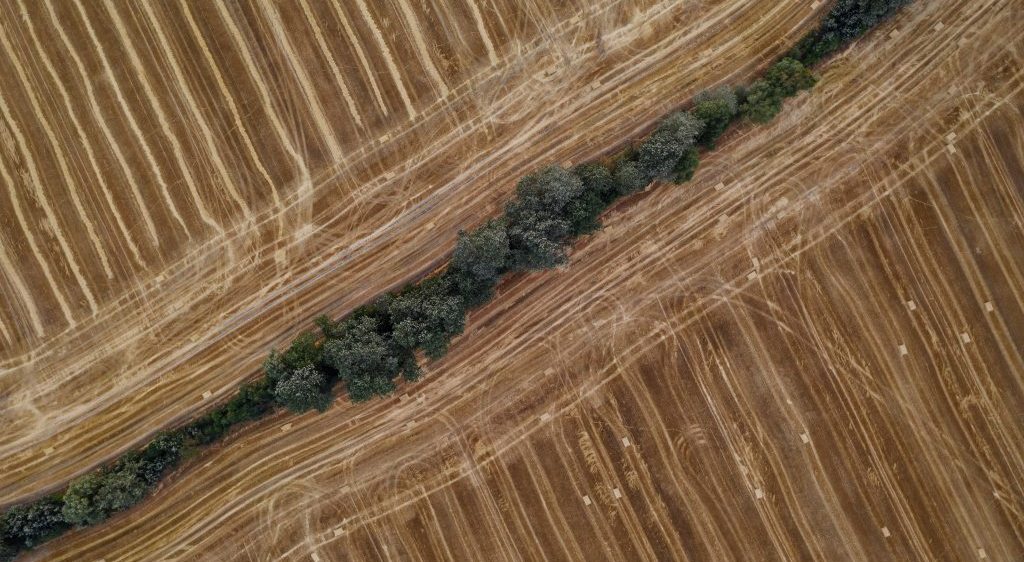
As a result, we had to substitute for the free ecological services our ecosystems would have supplied by cultivating soil and applying pest controls, fertilisers and other inputs. Virtually everybody did it! Whether we used chemical or organic inputs, it was the normal way to grow food. And like any poorly maintained production system, our ability to produce food was more likely to break down under extra strain.
Industrial agriculture briefly stepped into the spotlight
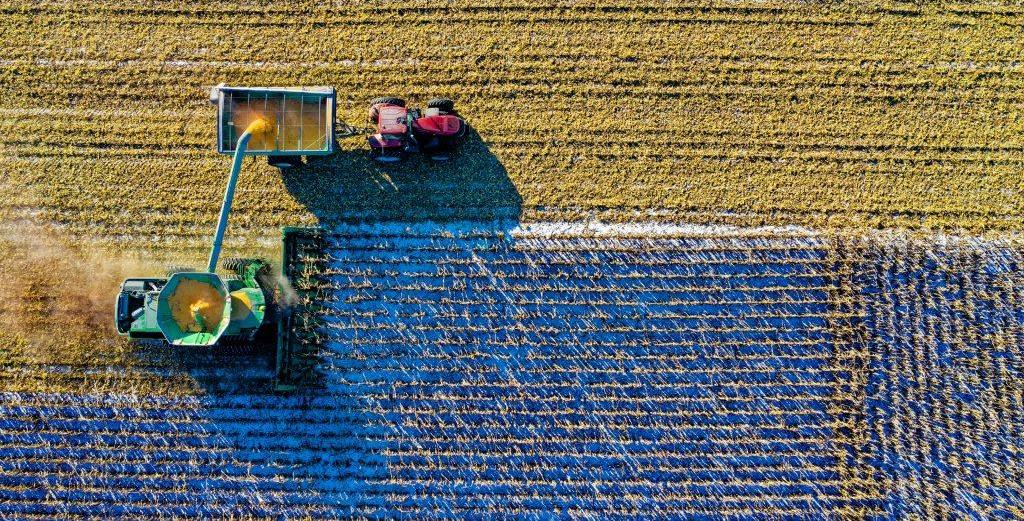
Human ingenuity and trademarked products were the primary drivers of innovation. We saw technology like drones, driverless tractors, robots, sensors, and gene editing as our principal tools for improving yields and reducing agrochemical and fossil fuel consumption.
But away from the public eye…, a few growers and forward-thinking organisations were looking for ways to improve the inherent capacity of their land to produce food, realising that most of us were ‘sustaining’ land in poor condition.
Often ridiculed by their neighbours and held back by a lack of research and information, they sourced their inspiration and practical ideas elsewhere. They shared stories on YouTube and Social Media and between like-minded growers at fringe conferences and field days. They didn’t turn their backs on technology but envisaged a fundamentally different pathway for the future of farming.
Many people thought them weird. But couldn’t completely disregard what they were doing because the soil tests and yields of a few leading broadacre commercial growers demonstrated the benefits. Colin Seis, in Australia, had reduced his annual input costs by over 80%, while his soil tests showed his major and micro soil nutrients increasing. Gabe Brown in the United States had stopped applying fertilisers, yet his yields were 20% higher than the “county average”, and Dave Brandt learned that he could use “almost no commercial fertilisers …. and still produce a great crop of corn and beans.”
In the early 2020s, more growers began to join them, experiencing firsthand the challenges of climate change.
Time-tested recipes for crop protection and plant nutrition were becoming unreliable, as were the liabilities associated with depending on land with little inbuilt resilience. Fuel, freight, fertiliser and other costs escalated. The companies supplying the products and services seemed to be the only ones making a decent income! It was also becoming impossible to ignore food safety, nutritional and environmental issues from how we grew food.
Growers felt compelled to change, but they also realised that it made sense to repair the ecosystems within their production systems. It wasn’t a quick fix! Ecosystems don’t get repaired overnight. But the cost savings were incremental, and making their farms and gardens more resilient, felt good.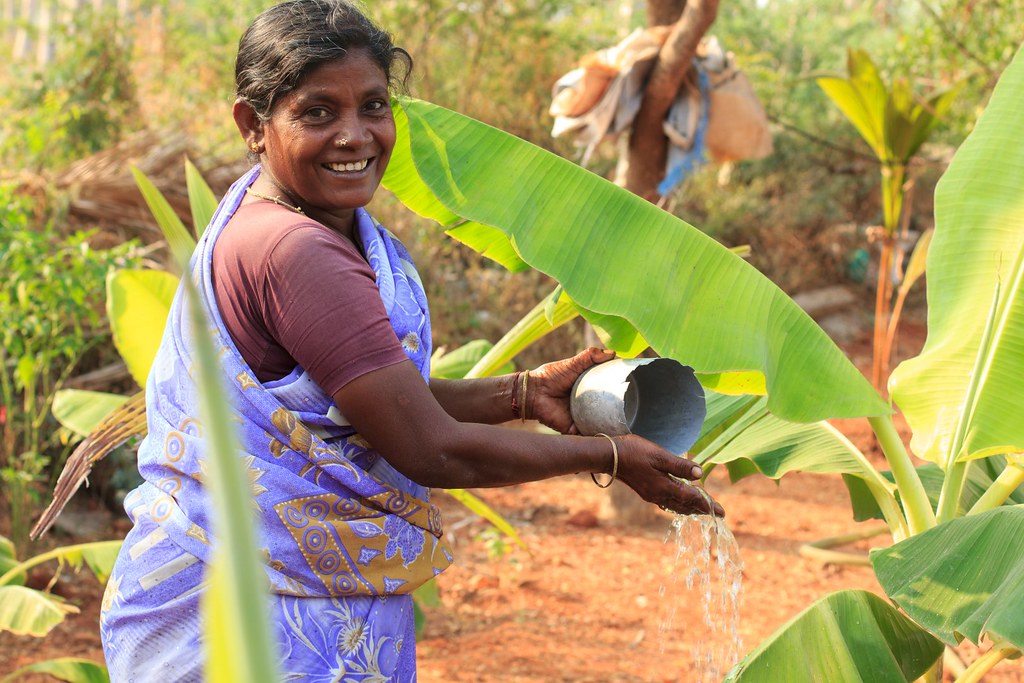
They combined their ingenuity with the billions of years of research and development embedded in natural ecosystems. By applying ecological principles, trialling techniques, learning, and sharing their experiences, they developed ‘place-based’ practical solutions suitable for their growing conditions. Many time-honoured practices used by Indigenous growers came back into fashion.
It was incredible how quickly we cultivated an eco-logical story for the future of agriculture. What began as change driven by a sense of urgency, was soon seen as an opportunity to revolutionise how we grew food. By getting our ecosystems functioning again, carbon credits and environmental incentive payments for improvements in biodiversity, carbon sequestration, and water quality, were helpful but not essential. The network of ecosystems across our landscape naturally supplied these and a wealth of other ecological services, supporting life.
Get help with repairing the ecosystems in your farm and garden using our Eco-logical Farming and Gardening Handbooks.
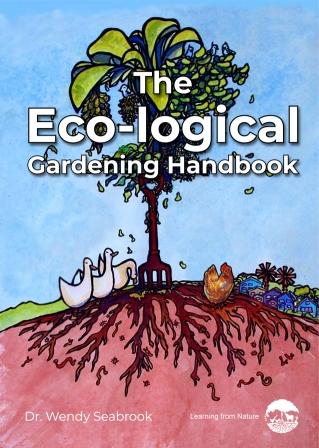 Photos by Stefan Widua, Tom Fisk, and Marcin Jozwiak
Photos by Stefan Widua, Tom Fisk, and Marcin Jozwiak
